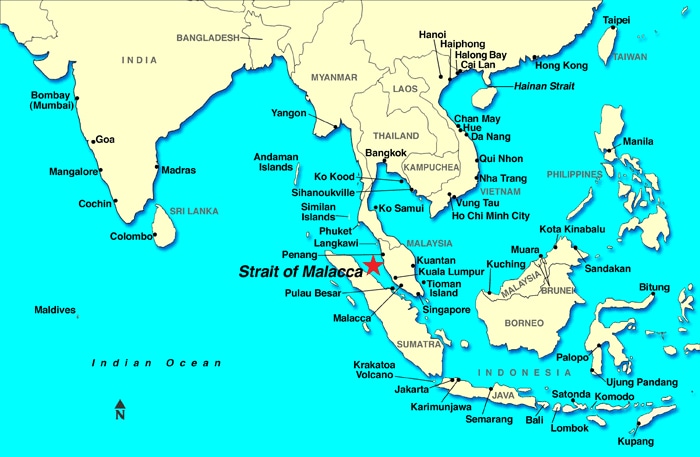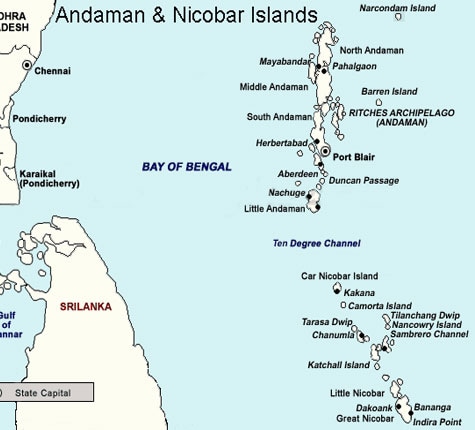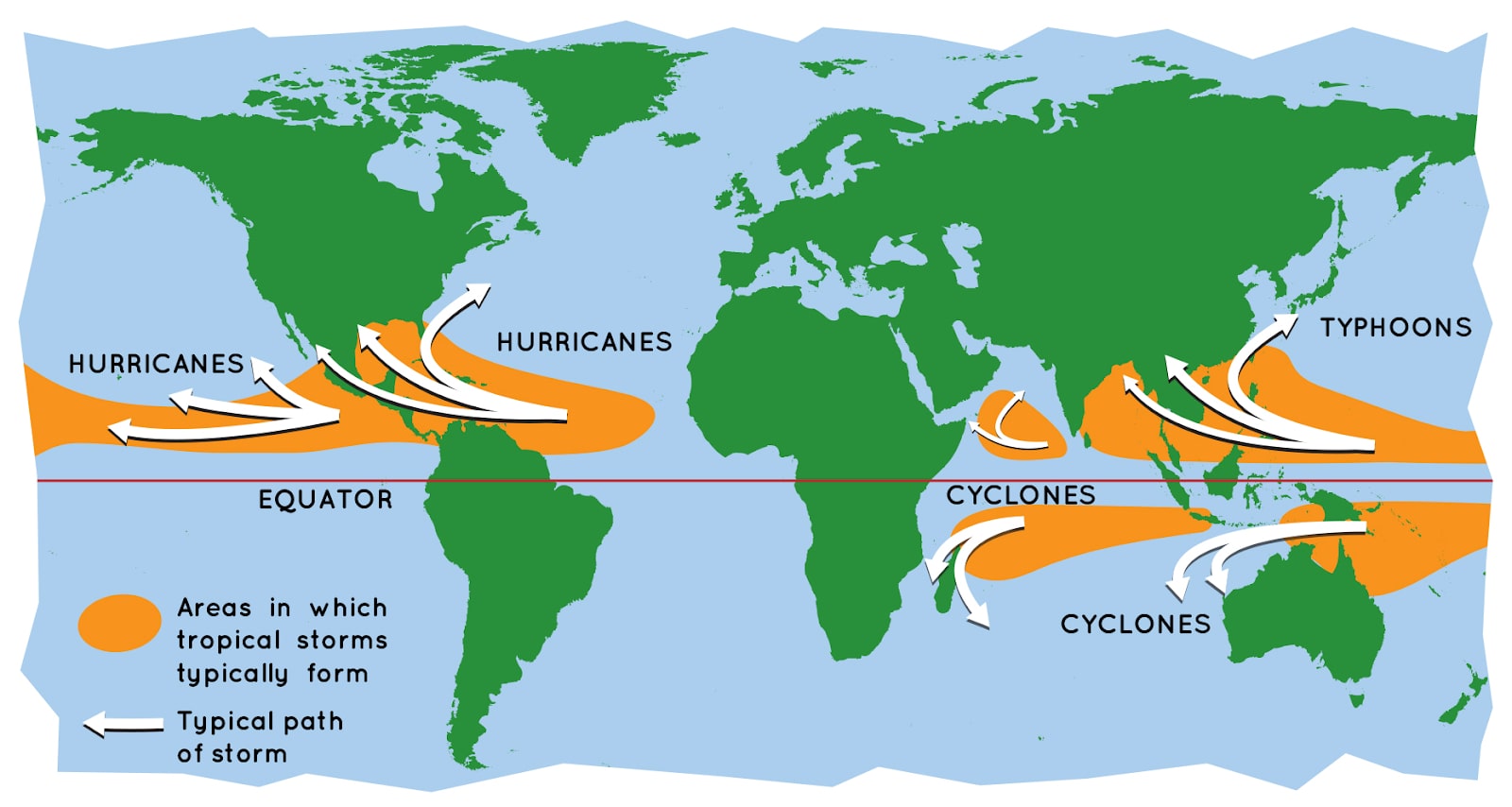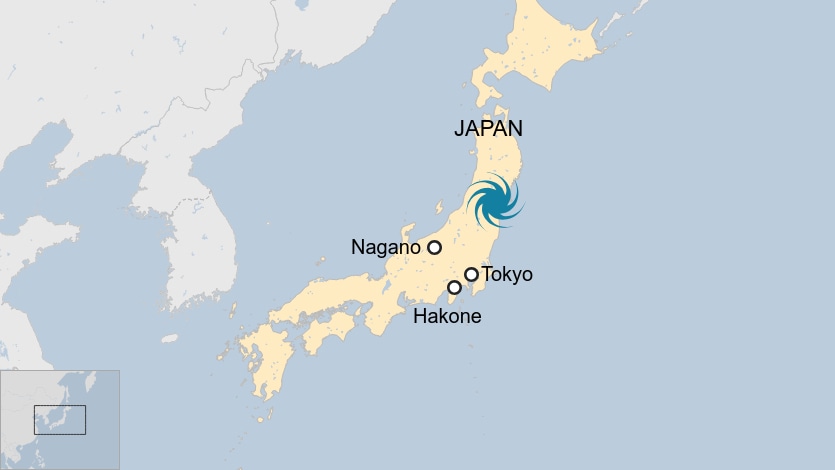India-China 2nd Informal Summit- Mamallapuram Summit
Recently, the Prime Minister of India and the President of the People's Republic of China held their Second Informal Summit in Chennai (Mamallapuram), India.
- The recent Mamallapuram Summitt has begun a “New Era of Cooperation” between India and China.
- First India- China informal summit invoked the ‘Wuhan spirit’, whereas the second informal India-China summit has called for ‘Chennai Connect.
- Informal summits allow discussion on wide-ranging issues, they are not particularly purpose-specific, and are sometimes considered to play bigger roles in diplomatic dialogue than formal exchanges.
- It also acts as supplementary exchanges to annual summits.
Key Points
- Reiteration of the first Informal Summit in Wuhan (2018)
- Both the countries reiterated the consensus reached during the first informal Summit in Wuhan to consider India and China as factors for stability in the current international landscape.
- It also emphasized upon managing the differences and not to allow differences on any issue to become disputes.
- Economic Development:
- A High-Level Economic and Trade Dialogue mechanism to be established to enhance trade and commercial relations
- The manufacturing partnership is to be established to encourage mutual investments in identified sectors.
- Multilateral trading system
- India-China agreed to support and strengthen the rules-based multilateral trading system.
- Also promised to work together for open and inclusive trade arrangements to maintain inclusive international order.
- Strategic Issues:
- Boundary issues to be solved on the lines of a mutually-agreed framework based on Political Parameters and Guiding Principles that were agreed by the two sides in 2005.
- The strategic communication to be enhanced to maximize usage of high-level exchanges like dialogue mechanisms.
- Terrorism:
- Both countries recognized the joint efforts to ensure that the international community strengthens the framework against training and financing terrorist groups throughout the world and on a non-discriminatory basis.
- Sister State Relations:
- Considering the age-old commercial as well as maritime linkages, both the countries agreed to establish Sister-State Relations between Tamil Nadu and Fujian Province.
- An academy to study links between Mahabalipuram and Fujian province on the lines of the experience between Ajanta and Dunhuang to be established.
- Considering the age-old commercial as well as maritime linkages, both the countries agreed to establish Sister-State Relations between Tamil Nadu and Fujian Province.
- 70 years of India-China relations:
- The year 2020 will mark the 70th anniversary of the establishment of India-China diplomatic relations, to celebrate the event two countries will be organizing 70 activities to emphasize the historical connection between the two civilizations.
- Also the year 2020 will be designated as the Year of India-China Cultural and People to People Exchanges.
- Being important contemporary civilizations in the world, efforts will be taken in order to foster cultural understanding between the two countries.
Why Mamallapuram is chosen?
- India has chosen Mamallapuram as a symbol of India’s ‘soft power’.
- Mamallapuram is an important town of the erstwhile Pallava dynasty that ruled in parts of South India from 275 CE to 897 CE.
- The name Mamallapuram got distorted during the British era to Mahabalipuram and thus it is also known as Mahabalipuram.
- The city of Mamallapuram was founded by the Pallava king Narasimhavarman I in the 7th century AD.
- The name Mamallapuram derives from Mamallan, or “great warrior”, a title by which the Pallava King Narasimhavarman I was known.
- It is renowned for its architecture, widely admired across the world.
- Mamallapuram and the Pallava dynasty are also historically relevant, for the earliest recorded security pact between China and India (in the early 8th century) that involved a Pallava king (Rajasimhan, or Narasimha Varma II), from whom the Chinese sought help to counter Tibet.
Wuhan Spirit:
- Wuhan Spirit is in line with the five principles of peaceful coexistence (Panchsheel) jointly advocated by China and India in the 1950s.
- Wuhan Spirit highlighted
- To form the "backbone" of economic globalization, and they should jointly make positive contributions to global peace and development.
- To cooperate, for the first time ever, on a joint project in Afghanistan.
- China has indicated that India’s refusal to join the Belt and Road Initiative will not come in the way of economic cooperation.
Fujian Province
- It is located on the southeastern coast of China, situated opposite the island of Taiwan.
- Fujian (meaning “Happy Establishment”) is one of the country’s smaller provinces.
Plastic invading Nicobar Islands
According to a survey conducted by the researchers from CSIR-Institute of Minerals and Materials Technology, the Andaman and Nicobar Islands consisting of a group of almost 572 Islands are under threat from plastic.
- The plastic litter found on the beaches of the island was mostly of non-Indian origin that was likely to be transported by the water currents from South-East Asian countries through the Malacca Straits (which is a major shipping route) towards the Great Nicobar island.
- About 10 countries including India contributed to the plastic litter on the island namely, Malaysia, Indonesia, Thailand, Singapore, Philippines, Vietnam, India, Myanmar, China, and Japan.
- Major portion of the litter was of Malaysian origin (40%) followed by Indonesia (23.9%) and Thailand (16.3%).
- The huge quantities of marine debris observed on this island might be due to improper handling of the solid & plastic waste from fishing/mariculture activity, and ship traffic.
- The intentional dumping of waste by some nations needs to be strictly monitored and prohibited. It is also violative of the law mentioned in the International Convention for the Prevention of Pollution from Ships.
Andaman & Nicobar Islands
- They are located at the East Coast of India in the Bay of Bengal & form India’s southeast border.
- These group of Islands are surrounded by the Andaman Sea and have proximity to some South-East Asian countries like Malaysia, Myanmar, Thailand, Singapore, and Indonesia.
- The Andaman and Nicobars are separated by the Ten Degree Channel which is 150 km. wide.
Great Nicobar Group of Islands
- Geography: They are located around 1,300 km southeast of the Indian subcontinent, across the Bay of Bengal and are home to the two most primitive tribes namely- Nicobarese & Shompens.
- Species found: It is a habitat for diverse creatures including the giant robber crab, a megapode bird, the crab-eating macaque, and is also a nesting ground for leatherback sea turtles.
- Ecology: The island harbors a wide spectrum of ecosystems from tropical wet evergreen forests, mountain ranges, and coastal plains. These islands also host the growth of coral reefs (the existence of which is threatened by the plastic debris & marine litter).
- The island includes the Great Nicobar Biosphere Reserve (GNBR) which has been declared as one of the World Network of Biosphere Reserves by UNESCO. The reserve comprises of the Galathea National Park and the Campbell Bay National Park.
- The Sundalands which is one of the four biodiversity hotspots in India includes the Nicobar group of Islands.
Vice President’s Visit to Comoros and Sierra Leone
The Vice President of India recently visited Comoros and Sierra Leone - two African countries.
- The visit was first-ever visit by such a high-level Indian dignitary to Comoros, an archipelago situated off the Southeast coast of Africa and to Sierra Leone, the country of Western Africa.
- The agenda was to deepen ties with African nations.
India - Comoros
- India and Comoros signed 6 Memorandum of Understandings (MoUs) on defence, health (e-Arogya Bharati) and culture (e- Vidya Bharati).
- India announced Line-of-credit of USD 41.6 mn for setting up an 18MW power plant in Moroni (capital city) and a vocational training centre.
- The Vice President also called for enhancing defence ties in maritime domain between India and the island nation of Comoros as part of a collaborative security architecture in the Indian Ocean.
Ties between India and Comoros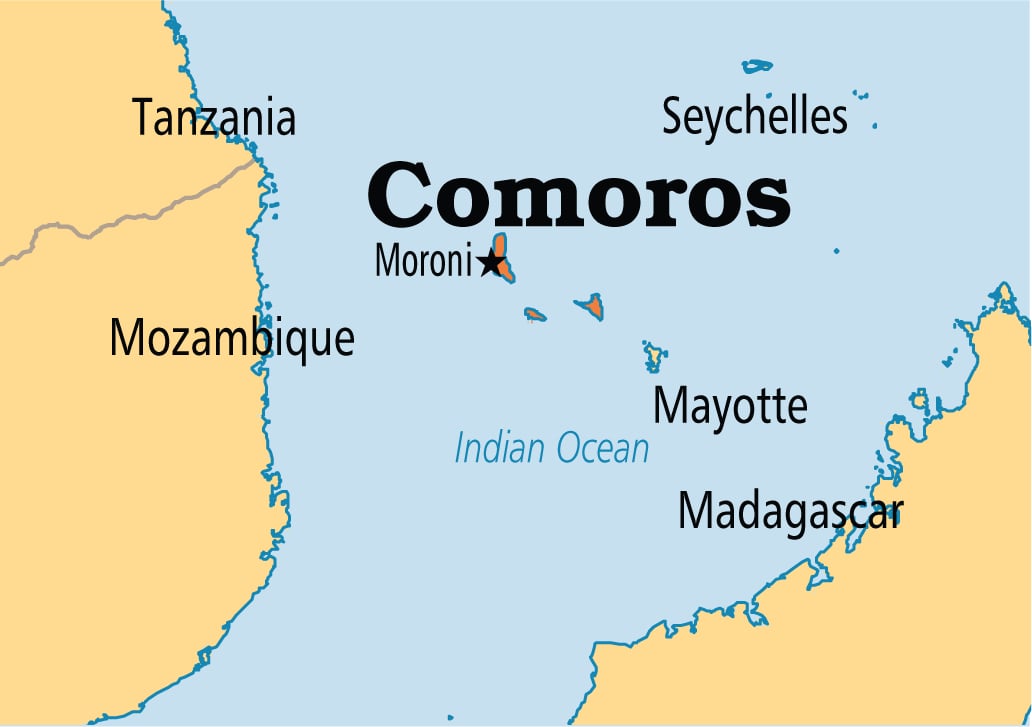
- Comoros supports India’s candidature for a permanent seat in the UN Security Council (UNSC).
- It is a member of the Indian Ocean Rim Association (IORA) as well as the International Solar Alliance.
- Comoros avails scholarship/training programmes offered by India under the Indian Technical & Economic Cooperation (ITEC) scheme.
India - Sierra Leone
- India announced the decision to establish a High Commission in Sierra Leone.
- Both the countries agreed to enhance cooperation in agriculture, food processing, Information Technology, infrastructure development and capacity building.
- A MoU was signed for Sierra Leone to participate in India’s Pan-African tele-Education, tele-Medicine initiatives, e-VidyaBharati and e-Arogya Bharati.
- India will soon initiate steps to set up a Centre of Excellence in IT in Sierra Leone.
- An agreement was signed to initiate a cultural exchange program between the governments of India and Sierra Leone for the years 2019-23.
- The Vice President reiterated India’s offer to conduct a “Jaipur Foot” camp in Sierra Leone under the “India for Humanity” initiative for fitting of artificial prosthetic limbs for the disabled.
- “India for Humanity” is an initiative undertaken in the context of 150th birth anniversary of Mahatma Gandhi.
Ties Between India and Sierra Leone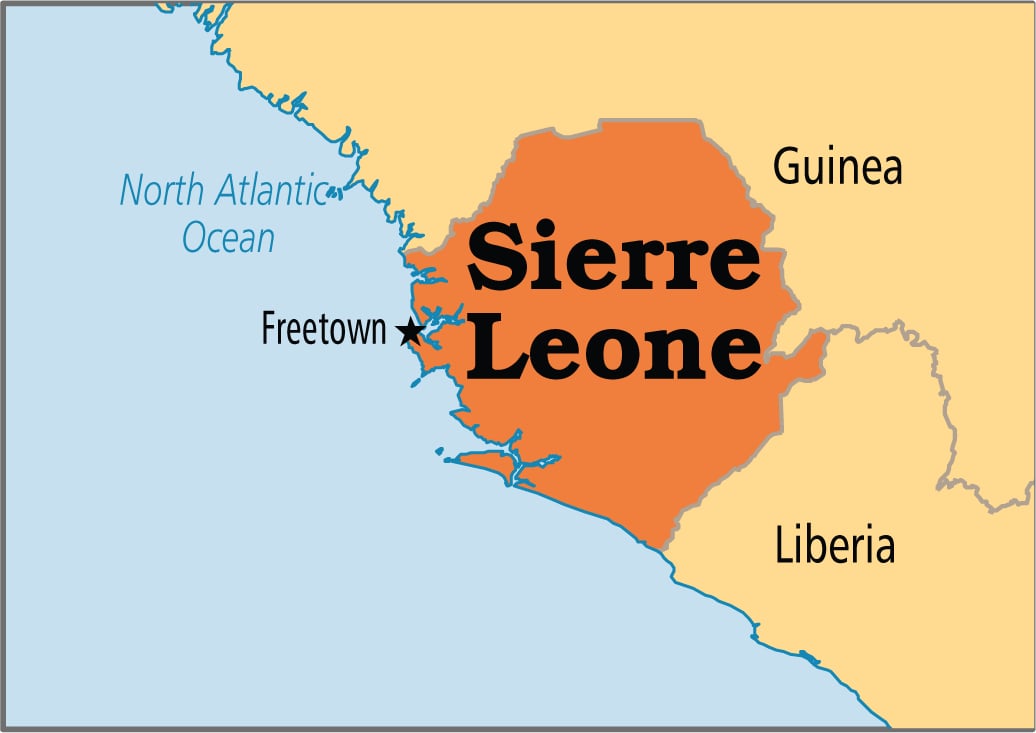
- India was among the first countries to contribute to the UN Mission in Sierra Leone (UNAMSIL) with the deployment of 4000 strong Indian Military contingent.
- India has extended concessional lines of credit to Sierra Leone worth USD 123 million in sectors such as agriculture, water, and transmission line.
- India has also undertaken grant projects through India Brazil South Africa Forum (IBSA) funds and provided direct humanitarian assistance to Sierra Leone during the Ebola crisis in 2014 and during floods in 2017.
- Sierra Leone is also a beneficiary of the Indian Technical and Economic Cooperation (ITEC) programme.
- Sierra Leone is one of the members of the International Solar Alliance.
Indian Technical and Economic Cooperation (ITEC) Programme
- The Indian Technical and Economic Cooperation (ITEC) Programme was launched by the Government of India on 15th September 1964 as a programme of bilateral cooperation and technical assistance.
- Under ITEC and its sister programme SCAAP (Special Commonwealth African Assistance Programme), 161 countries in Asia, Africa, East Europe, Latin America, the Caribbean as well as Pacific and Small Island countries are invited to share in the Indian developmental experience acquired over six decades of India's existence as a free nation.
- The ITEC programme provides for organizing training courses in India, deputation of Indian experts abroad, aid for disaster relief, gifting of equipment, study tours and feasibility studies/consultancy services.
Governance through Cultural Gatherings
SARAS Aajeevika Mela: It is a programme to transform rural India in general and the lives of rural women in particular.
- It is an initiative by the Deendayal Antyodaya Yojana-National Rural Livelihoods Mission (DAY-NRLM) under the Ministry of Rural Development (MoRD), with an objective to bring the rural women Self Help Groups (SHGs) under one platform so that they can showcase their skills, sell their products, and help them build linkages with bulk buyers.
- Through participation in SARAS Aajeevika Mela, these rural SHG women will get vital national level exposure to understand the demand and taste of urban customers.
- Varied range of products like handicrafts, handlooms, and natural food products will be displayed.
- The Mela acts as an integrated approach towards women empowerment.
Rashtriya Sanskriti Mahotsav
- The Ministry of Culture is organizing the 10th edition of Rashtriya Sanskriti Mahotsav under the Ek Bharat Shrestha Bharat initiative in Madhya Pradesh from 14th to 21st October 2019.
- The idea to organize such Mahotsav was conceived in the year 2015 by the Ministry of Culture with an intention to exhibit the rich cultural heritage of the country in all its rich and varied dimensions namely, Handicrafts, Cuisine, Painting, Sculpture and Performing Arts- Folk, Tribal, Classical and Contemporary- all at one place.
- The Rashtriya Sanskriti Mahotsav will reconnect the people (especially the youth) with their indigenous culture, its multi-faceted nature, magnificence, and historical importance in the context of ‘India as a Nation’ over the millennia.
Ek Bharat Shreshtha Bharat
- It was launched in 2015 to promote engagement amongst the people of different States/UTs so as to enhance mutual understanding and bonding between people of diverse cultures, thereby securing stronger unity and integrity of India.
- It is an initiative of the Ministry of Human Resource Development.
- The broad objectives of the initiative are as follows:
- To CELEBRATE the Unity in Diversity of our nation and to maintain and strengthen the fabric of traditionally existing emotional bonds between the people,
- To PROMOTE the spirit of national integration through a deep and structured engagement between all Indian states and Union Territories through a year-long planned engagement between states,
- To SHOWCASE the rich heritage and culture, customs and traditions of different states for enabling people to understand and appreciate the diversity that is India, thus fostering a sense of common identity,
- TO ESTABLISH long-term engagements, and
- TO CREATE an environment which promotes learning between states by sharing best practices and experiences.
Typhoon Hagibis
The main Japanese island of Honshu was hit by Typhoon Hagibis on 12th October 2019.
- Typhoon Hagibis could be the strongest storm to hit Japan since 1958.
- Typhoon Hagibis, which means “speed” in the Philippine language, had packing winds of 180 km per hour near its centre.
- The storm brought record-breaking rainfall to many areas, resulting in floods and landslides in the country.
- Typhoon Ida, known as the “Kanogawa Typhoon” in Japanese, killed more than 1,000 people in September 1958. Ida had winds of 190 kmph when it hit the country.
- Typhoon is a region-specific name of the Tropical Cyclone (swirling system of clouds and thunderstorms that originates over tropical or subtropical oceans).
- In the Atlantic and Northeast Pacific, the term “hurricane” is used. The same type of disturbance in the Northwest Pacific is called a “typhoon” and “cyclones” in the South Pacific and the Indian Ocean.
Exercise Dharma Guardian – 2019
The Joint Military Exercise Dharma Guardian-2019 between India and Japan will be conducted to share experience gained during various Counter-Terrorism Operations in respective countries.
- It is an annual training event which is being conducted in India since 2018.
- The scope of this exercise covers joint training on counter-terrorism operations in the jungle and urban scenario.
- The joint military exercise will enhance the level of defence co-operation as well as bilateral relations between the two nations.

.jpg)
